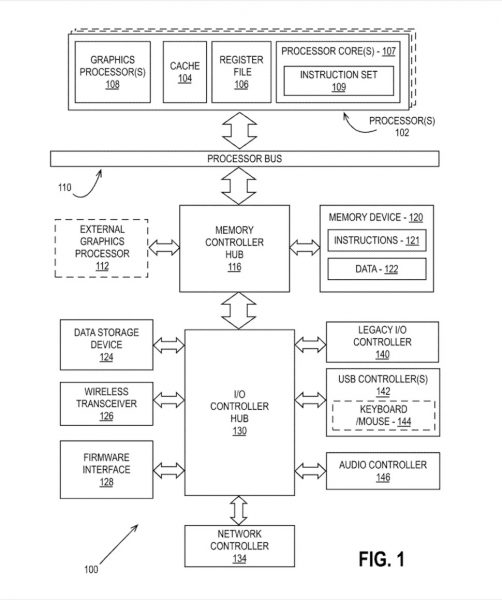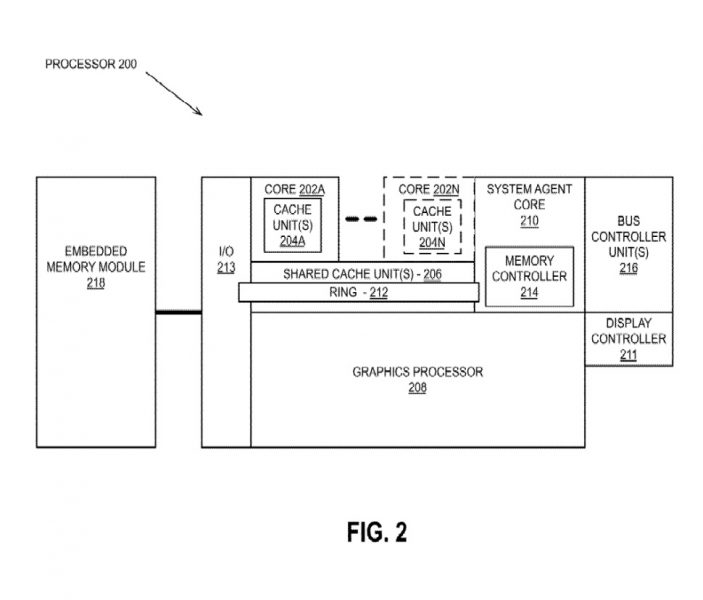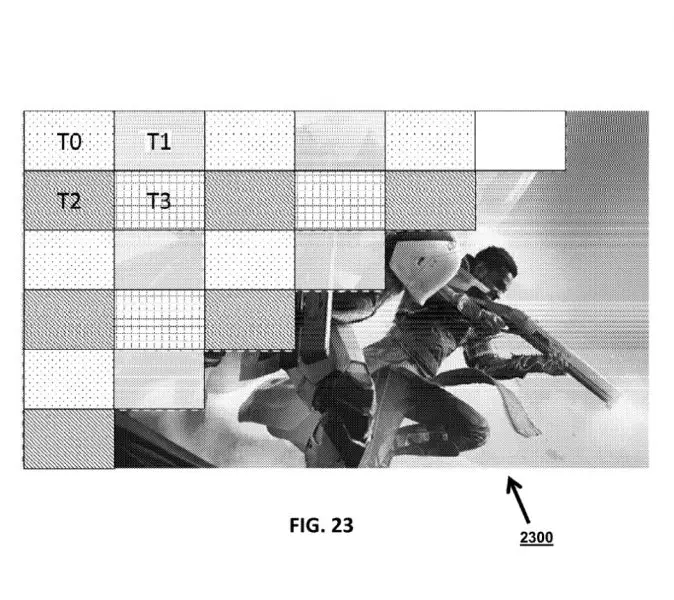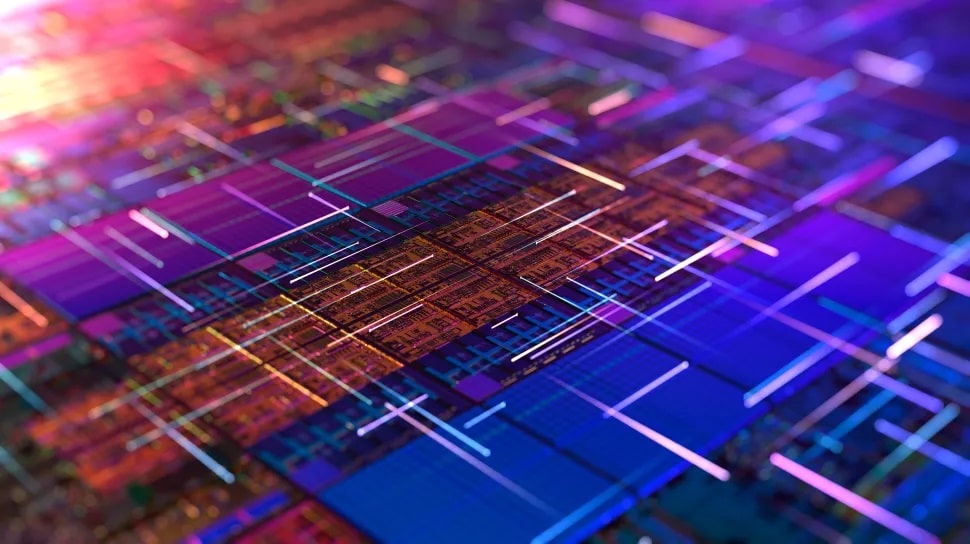Intel released a new patent these days showing what could be the key to its future graphics card designs using the multichip module (MCM) approach. Intel describes all of this as a group of GPUs working together to make a single GPU. Intel’s design points to a hierarchy in workloads: one GPU coordinates the entire workload.
And he believes that MCM is the future, a necessary step to steer chip designers away from the manufacturing, scalability, and power supply issues that come with increasing die sizes in the never-ending quest for performance.

Intel wants graphics cards with MCM technology
According to the Intel patent, various graphics layout calls (instructions) travel to “a plurality” of graphics processors. So the first graphics processor essentially does a kind of “sketch” of the entire scene. At this point, the graphics processor is just creating data to decide what to render, which is a high-speed operation on modern graphics cards.
Then various blocks generated during that first step go to the other available GPUs. Based on this initial pass, they would be responsible for accurately rendering the scene corresponding to their blocks.

So it appears that Intel is looking to integrate tile-based grid rendering (a feature used in today’s GPUs) along with distributed vector position computation (outside of the initial frame step). Finally, when all the GPUs render their single-frame puzzle piece (including shading, lighting, and ray tracing), their contributions come together to present the final image on screen.
Ideally, this process would occur 60, 120, or even 500 times per second. Intel then uses performance reports from AMD and Nvidia graphics cards running in SLI or Crossfire modes to improve potential performance gains in classic multi-GPU setups.
Intel’s patent is a bit confusing
For example, it enables designs that include multiple GPUs working together or just in sections. The method applies to “a single processor desktop system, a multiprocessor workstation system, a server system,” as well as within a system-on-a-chip (SoC) design for mobile devices. These graphics processors, or modes as Intel calls them, accept RISC, CISC, or VLIW instructions.

As the rate of semiconductor miniaturization slows, companies need to find ways to scale performance while maintaining good yields. At the same time, they need to innovate in architecture, semiconductor fabrication processes are becoming more complex and costly, require more fabrication steps, and ultimately integrate extreme ultraviolet lithography (EUV) applications. It is becoming increasingly difficult to increase transistor density, and further increase array areas with a penalty in yields per wafer. The only solution is to pair several smaller dies: it’s easier to have two working 400mm square dies than it is to have one fully functional 800mm.
The competition is also looking for MCM chips
AMD, for example, has had great success with its MCM-based Ryzen CPUs since its first generation. The red giant will continue to offer GPUs based on modular design, reportedly with its Navi 31 and Navi 32 GPUs. And we know that Nvidia is also actively exploring MCM designs for its future GPUs, following its new Composable On Package GPU design approach. This race goes back a long way long before AMD released Zen.
The first company to implement an MCM GPU design should have an advantage over its competitors, with higher performances facilitating higher profits or lower prices. And with all three AMD, Intel, and Nvidia contracting to the same manufacturing nodes from TSMC for the foreseeable future, every little bit of advantage can potentially have a huge impact on the market.
Source: Tom’s Hardware















